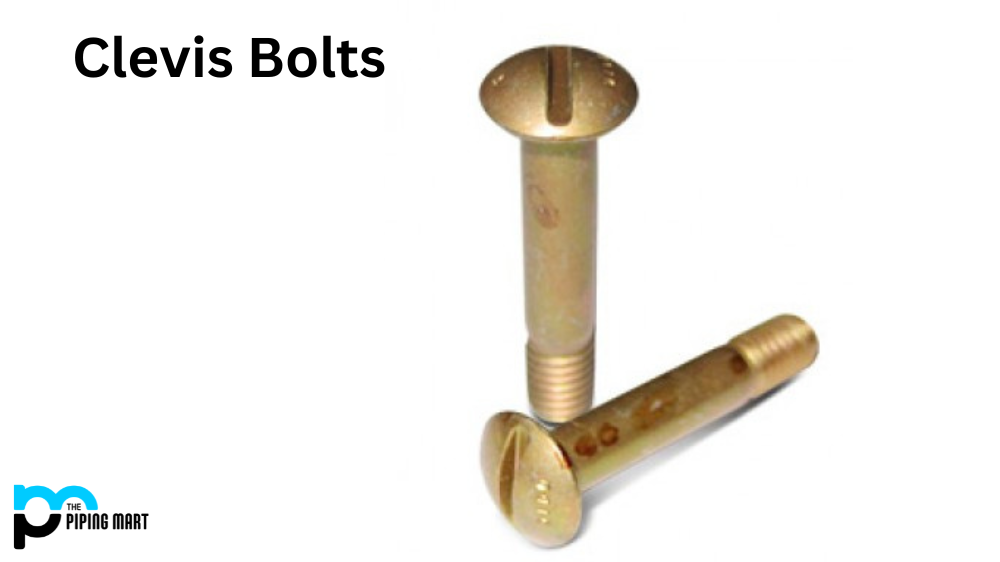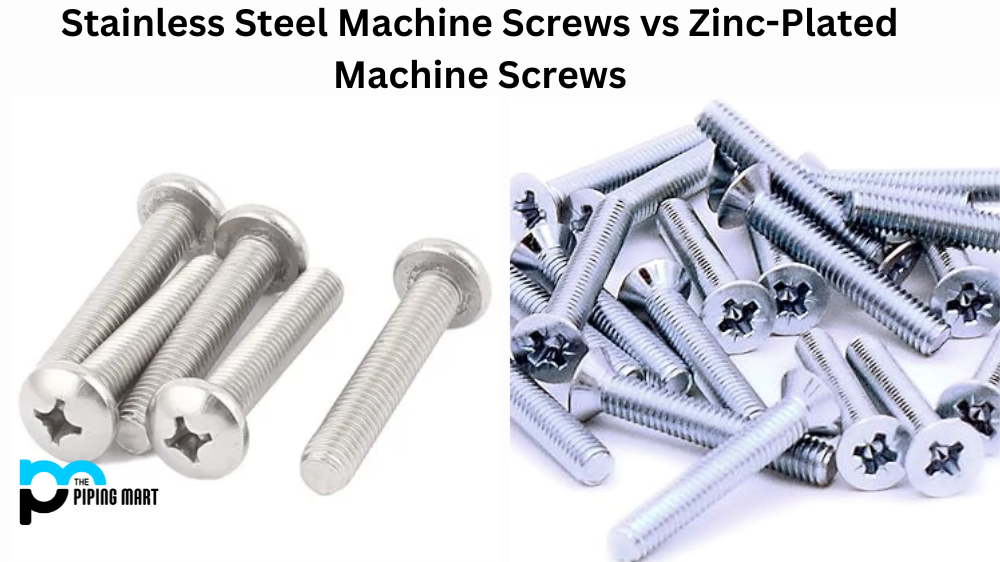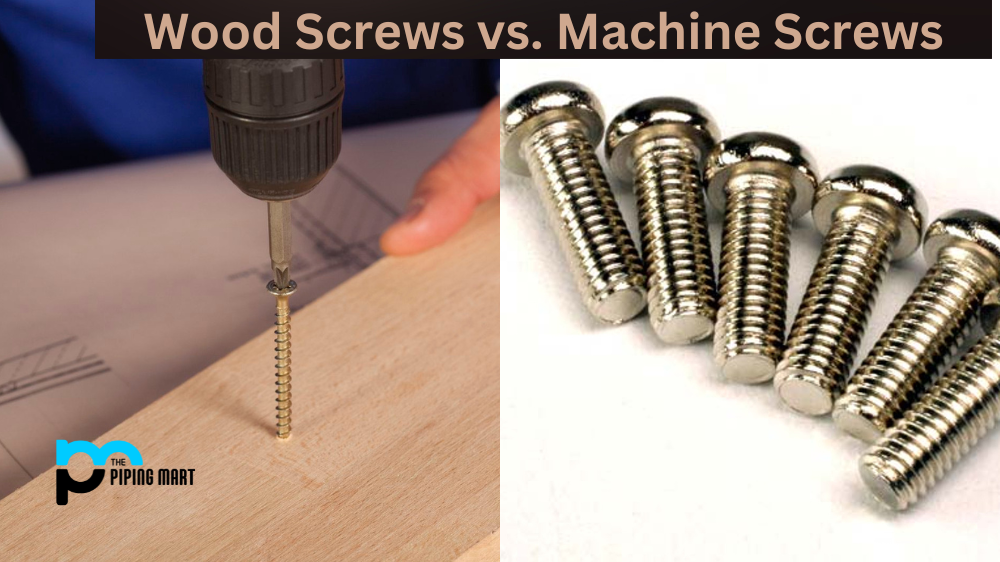If you’re in the manufacturing industry, you have likely heard of clevis bolts. But what are they, and what makes them so special? This blog post will explore the answers to these questions and more as we dive into the world of clevis bolts.
What is Clevis Bolt?
Clevis bolts are fasteners with a threaded shank that is used to join two separate assemblies. The head of the bolt has a circular or hexagonal shape and is used to attach it to one assembly, while the other end is composed of an open-ended slot which can be connected to another assembly using a pin. This unique design allows easy installation and removal without unthreading the bolt from either assembly.
Clevis Bolt Uses
Clevis bolts come in various sizes and materials, such as carbon steel, stainless steel, aluminum alloy, brass, copper, etc., making them suitable for various applications. Some common uses for clevis bolts include connecting structural members by creating space between them; connecting rods in machinery; joining structural frames; attaching components to housings; mounting equipment onto platform trucks; and clamping joints together. They are also used in automotive applications where they are used to secure brakes, linkage arms, suspension arms, exhaust systems, fuel lines and other components onto vehicles.
The unique design of clevis bolts makes them particularly well-suited for applications requiring frequent adjustment or disassembly. This is because their open-ended design allows them to be adjusted easily without removing or retightening any nuts or screws on either side of the connection. This makes them an ideal choice when precise alignment is required or when frequent disassembly is necessary, such as during maintenance or repair work.
Conclusion:
By now, you should better understand what clevis bolts are and some of their uses. Clevis bolts offer many advantages over traditional fastening methods due to their open-ended design, allowing easy adjustment and disassembly without removing any nuts or screws on either side of the connection. As such, they are an ideal choice whenever precise alignment or frequent disassembly is needed in your application. Manufacturers should consider using clevis bolts whenever possible, as they can provide added convenience while maintaining high accuracy at all times.

A passionate metal industry expert and blogger. With over 5 years of experience in the field, Palak brings a wealth of knowledge and insight to her writing. Whether discussing the latest trends in the metal industry or sharing tips, she is dedicated to helping others succeed in the metal industry.




